
European Space Agency



Dying star offers glimpse of our Sun’s future
This planetary nebula is known as Kohoutek 4-55 (or K 4-55). It is one of a series of planetary nebulae that were named after their discoverer, Czech astronomer Luboš Kohoutek. Such a nebula is formed from material in the outer layers of a red giant star that are expelled into interstellar space when the star is in the late stages of its life.
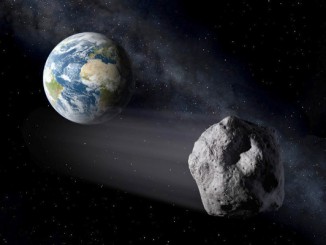
Asteroid 2013 TX68 won’t hit Earth, but will get close
Discovered by the Catalina Sky Survey on 6 October 2013 a week before its last close flyby of Earth, 30-metre-wide asteroid 2013 TX68 was initially thought to pass by Earth again on 5 March 2016. Additional observations of the body have now been obtained, refining its orbital path and moving the date of the asteroid’s close brush with our planet to 8 March.
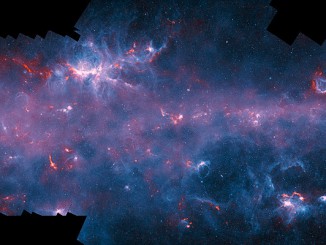
ATLASGAL survey of southern Milky Way completed
A spectacular new image of the Milky Way has been released to mark the completion of the APEX Telescope Large Area Survey of the Galaxy (ATLASGAL). The APEX telescope in Chile has mapped the full area of the galactic plane visible from the Southern Hemisphere for the first time at submillimetre wavelengths — between infrared light and radio waves.
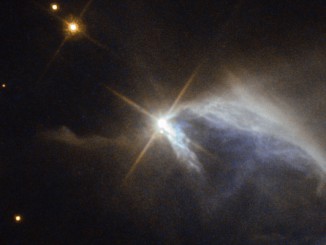
Hubble sees a diamond in the dust
Surrounded by an envelope of dust, the subject of this NASA/ESA Hubble Space Telescope image is a young pre-main-sequence star known as HBC 1. The star is in an immature and adolescent phase of life, hence its classification — most of a Sun-like star’s life is spent in a stage comparable to human adulthood dubbed the main sequence.
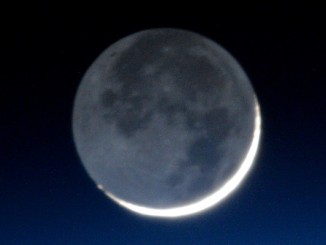
Tim Peake’s ISS view of the waxing Moon
In this image we see the young lunar crescent as seen from the International Space Station by ESA astronaut Tim Peake on 9 February 2016. At the time of the photograph the Moon was just 1.2 days old. Features on the Earth-facing side of the Moon not directly illuminated by the Sun are glowing softly due to earthshine, light reflected onto the Moon from our planet.
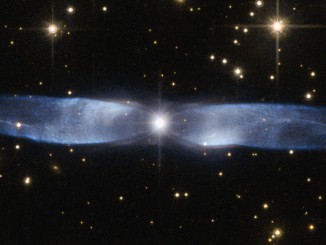
The icy blue wings of a bipolar planetary nebula
Planetary nebulae such as Hen 2-437 form when an ageing low-mass star — such as the Sun — reaches the final stages of life. The star swells to become a red giant, before casting off its gaseous outer layers into space. Hen 2-437 is a bipolar nebula — the material ejected by the dying star has streamed out into space to create the two icy blue lobes pictured here.
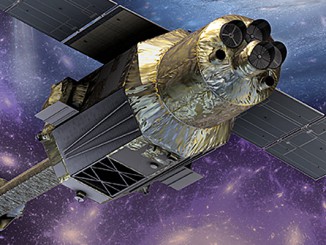
ASTRO-H satellite poised to enhance views of X-ray sky
A new science satellite, the ASTRO-H X-ray Observatory, will blast into Earth orbit this month. The project, led by the Japan Aerospace Exploration Agency (JAXA), aims to collect a wealth of new data on everything from the formation of galaxy clusters to the warping of space and time around black holes. ASTRO-H boasts a sensitivity level that is orders of magnitude better than previous technology.
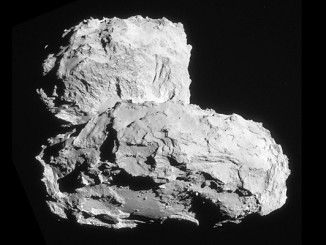
No large caverns found inside Comet 67P
Comets are known to be a mixture of dust and ice, and if fully compact, they would be heavier than water. However, measurements have shown some of them to have densities much lower than that of water ice, implying that comets must be highly porous. A new study of low-density Comet 67P/Churyumov-Gerasimenko using data from ESA’s Rosetta spacecraft rules out a cavernous interior.
